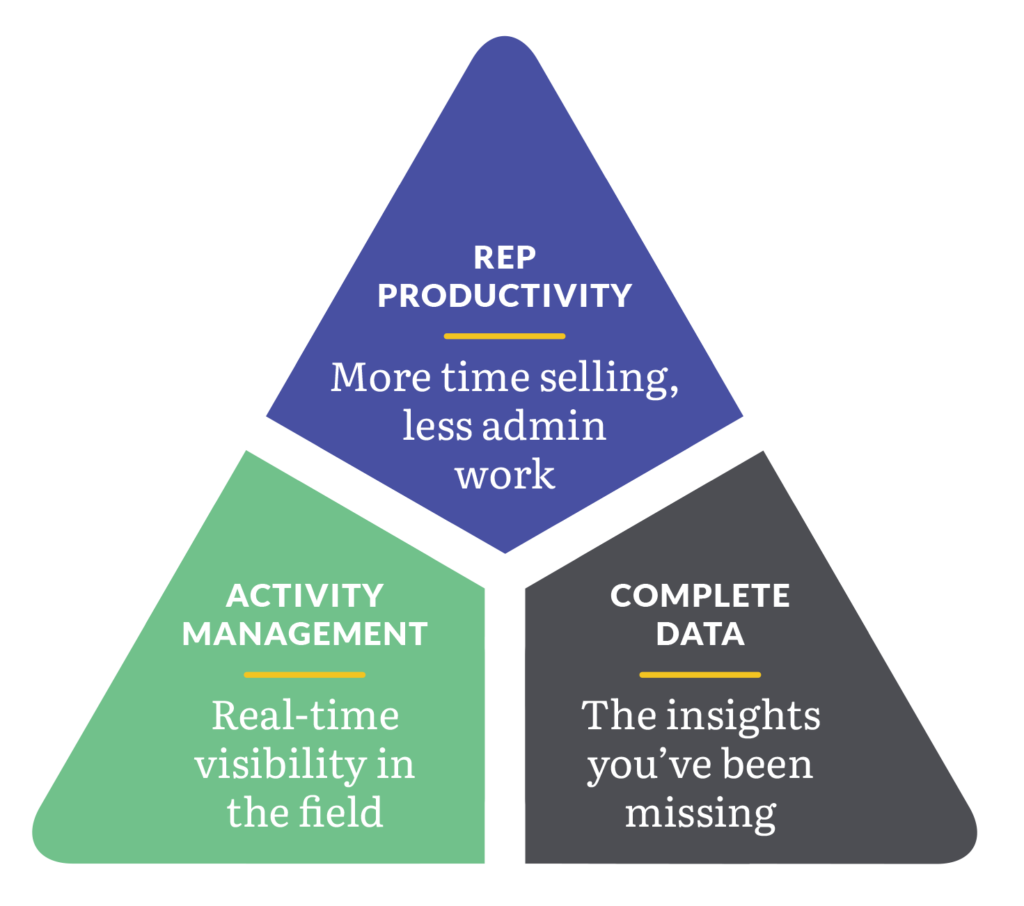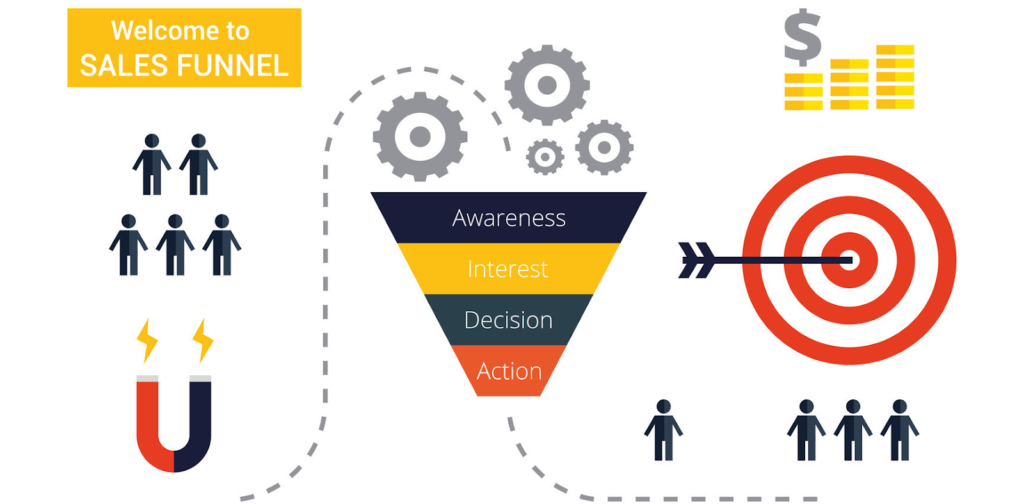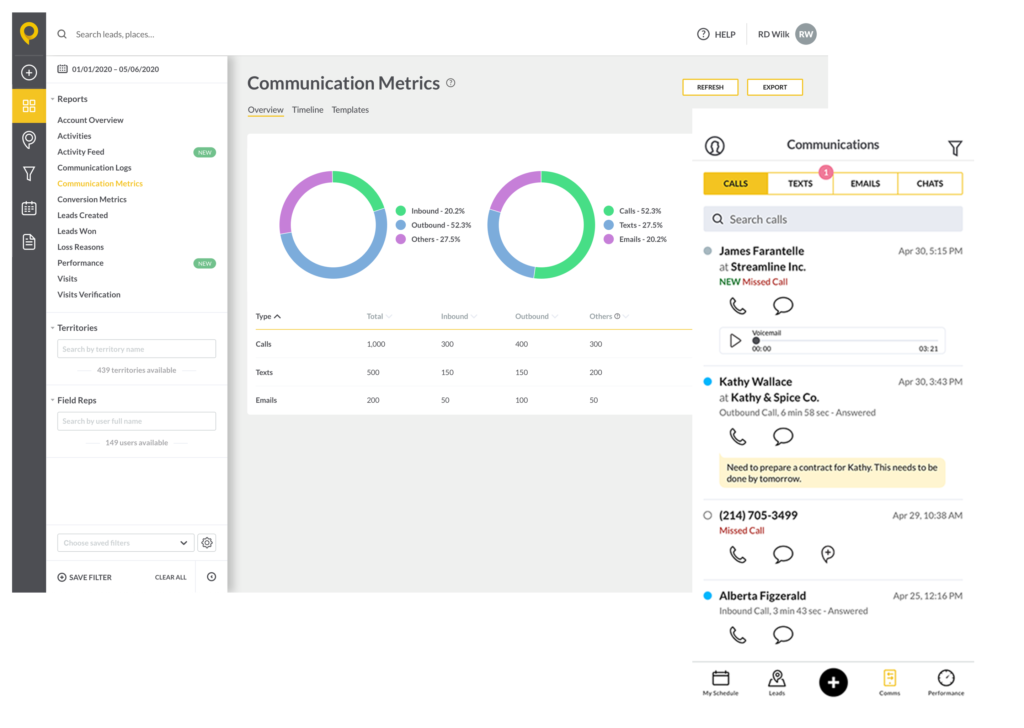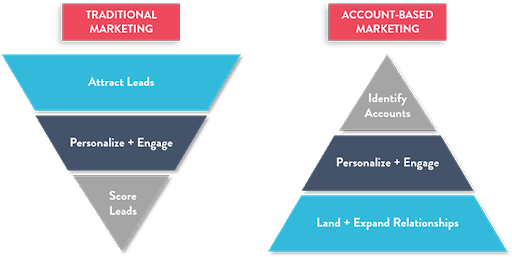Guest Post: Brad Smith
Go back just a couple of short decades, and the terms content marketing and sales engagement would likely go over the heads of most marketers and company owners.
Today, you’re unlikely to find an executive-level meeting that doesn’t give space to discuss one or the other, if not both.
Even if you’re a content marketing whizz or sales engagement wizard, there’s still an important question left to be answered:
How does content marketing interact and assist with sales engagement?
Perhaps, there is even a more fundamental question: does it?
The answer to the latter is a resounding yes, otherwise this post would be dead in the water.
What this article is here to do is explain the five key ways in which content marketing helps sales engagement do its thing.
As with all good 101s, let’s start with a quick refresher or two.
What is content marketing?
Content marketing is the strategic approach toward marketing that puts a focus on creating, distributing, and analyzing various forms of content.
It is generally agreed that such content should be informative, valuable, actionable, consistent, and relevant.
It often takes the form of diverse formats, such as:
- Case studies
- Demos
- Whitepapers
- Webinars
- eBooks
- Catalogs
- Memes
- Infographics
- Video
- Influencer content
- Animations
- Checklists
- User-generated content
- Spec sheets
- Guides
- Tip sheets
- Blog posts (like this one)
That’s a pretty long list — so why does it all matter?
Because it puts the power in the hands of the consumer (they access the content on their time, not yours), improving the customer experience and lifting the quality of your lead generation (more on that later).
In fact, content marketing is so effective that 36% of enterprise-level marketers have moved paid advertising budget allocation into content marketing over the last year.
So yeah, it’s a pretty big deal. But so is sales engagement…
What is sales engagement?
Sales engagement encompasses every experience and interaction a potential customer has with a sales rep.
Such exchanges include:
- Emails
- Phone calls
- Social media engagement (comments, mentions, DMs)
- Video conference calls
- In-person meetings
- Webinar attendance
It’s a major focus for today’s sales leaders, with 90% saying they plan to invest further in sales engagement.
As a practice, sales engagement focuses on improving sales rep performance in each of these areas.

This may range from individual training sessions to wider, process-based changes such as altering the communication cadence or, of course, the implementation of content marketing activities to improve engagement.
How?
Glad you asked…
5 ways content marketing helps with sales engagement
1. Better Lead Generation
Here’s a striking statistic:
Just 7% of salespeople say that the leads they get from marketing are of very high quality.
That’s seven quality prospects for every 100 that call in. Not very promising, is it?
It goes without saying, then, that with that in mind, marketing departments should be focusing on lead quality rather than quantity.
The beauty in content marketing as a practice is that it not only improves the customer experience, it also delivers higher quality leads with significantly lower spends.
That’s because content marketing falls under the inbound marketing umbrella, which focuses on creating a customer-led sales journey.
It places emphasis on allowing prospects to educate themselves (with your content), essentially putting customers through a process of self-qualification. An example of this would be when an inbound lead reaches a salesperson’s desk, they are further down the sales funnel than they would be under interruptive, outbound marketing methodologies.
So, what can you do to take advantage?
You can start by coming up with blog post ideas that educate top funnel prospects without requiring the efforts of a salesperson, freeing them up to focus on more valuable leads.
Consider the common objections your sales team are handling on a daily basis, and seek to overcome them by creating valuable content pieces such as webinars, explainer videos, and infographics.
You’ll also want to make sure your sales reps are positioned with as much relevant information on a prospect as possible. Consider using a Sales Intelligence tool to bring this data to your reps’ fingertips.

2. Efficiency
As you enter the adult world (sad face), you realize something pretty quickly:
There is a finite amount of time in each day, and even less in each workday. In short, you can’t be on the phone selling 24/7.
For salespeople working on a quota, this has long meant one of two things:
- Work longer hours (burnout, anyone?)
- Sell less than desired and take the loss.
Neither is desirable, but the good news is that with a bit of smart content marketing backing your reps up, they can sell more and maintain a healthy work/life balance.
That’s because some (if not much) of what a sales rep needs to communicate to a prospect can be done so through effective content. That is especially true when said content it put on an automated sales engagement cadence like Autoplays by SPOTIO.

Such methods ensure nothing slips through the cracks, meaning prospects get every piece of content they need to make a decision, not just the ones your sales rep deems necessary (or remembers to send).
You can (and should) set these systems up to distribute content before a sales rep gets on the phone or sets up a demo. That’s because studies have shown that 30% of customers consume five or more pieces of content before ever engaging with a rep.
The lesson?
Once you’ve found a recipe that works, pound it out en masse, Colonel Sanders style.
3. Objectivity
Speaking of not leaving anything to chance, using content marketing efforts to support the sales engagement process not only improves efficiency, it also gives sales leaders an objective view of performance.
Here’s what we mean:
Consider a traditional, outbound sales team. They’ve got a predefined sales process and a script to follow. They get dialing right away, rinsing and repeating until 5 pm.
If team performance is poor, it can be tough to determine whether this is a result of delivery or the process itself.
That’s to say; you can’t tell if your script sucks or if your reps suck.
Of course, as your team grows, you’ll be able to pick at the weak links (and the strong ones, hopefully you’ll have those too). However, you’re still faced with the task of understanding how much emphasis to place on process improvements, and how much time to spend on training and coaching.
Once content marketing efforts enter the fray, things will begin to change.
That’s because you’ve removed any subjectivity from the equation (at least the parts that are being supported by content), and you can accurately and objectively assess the effectiveness of said content.
This gives further fuel to the content creation process, allowing you to determine which pieces require thorough improvement, and which are performing well.
4. Collaboration
Anyone who’s been a part of a large corporation understands the ongoing battle between sales and marketing departments.
But it doesn’t need to be that way.
Because content marketing supports all stages of the funnel (top, middle, and bottom), there is an inevitable overlap between the two departments. This is preferable to marketing just handing leads off to sales reps at an arbitrary point in the process.
It results in a sort of synergy (yes, sorry, we know) between marketing and sales, where the efforts of the marketing team do more than just provide leads. Instead, it improves sales engagement itself.
It works the other way, too (that’s why we used the S word). Because sales managers will (read: should) analyze the impact of content produced by the marketing team on sales engagement, they can pass that information back through to marketing managers for further content development.
This interdepartmental collaboration has given birth to a new form of marketing: account-based marketing (ABM).
It’s a B2B marketing approach where both teams cooperate in targeting best-fit accounts. It generally involves a whole lot of content marketing techniques.
Teams following an ABM methodology can be up to 6% more likely to exceed revenue goals, proving the benefit of content marketing for sales teams.

5. Authority
The fifth and final way that content marketing assists with sales engagement is pretty plain and simple.
It gives your company authority and a more professional appearance.
Customers are expecting you to be actively involved in content marketing and pushing out valuable content on a regular basis. If you’re not, then they are unlikely to take you seriously.
And it’s a big deal, too. 86% of companies focusing on content marketing have audiences who view their organization as a trusted, credible resource for information.
You’ll obviously need to make sure your content looks the part as well. At the very least, make sure you check what you write with an editing tool like Grammarly.
Conclusion
So, where to from here?
The obvious answer is to double down on your content marketing efforts.
By doing so, you can improve sales engagement and secure the following benefits:
- Better lead generation
- More efficient sales processes
- Objectivity in assessing performance
- Collaboration between marketing and sales departments
- A professional appearance
It’s fair to say, too, that you’re going to need a high-performing field sales engagement platform like SPOTIO. Request a demo today to find out how we can help.
About the Author

Brad Smith is the CEO at Wordable.io and the Founder of Codeless (a content production agency). His content has been highlighted by The New York Times, Business Insider, The Next Web, and thousands more.





